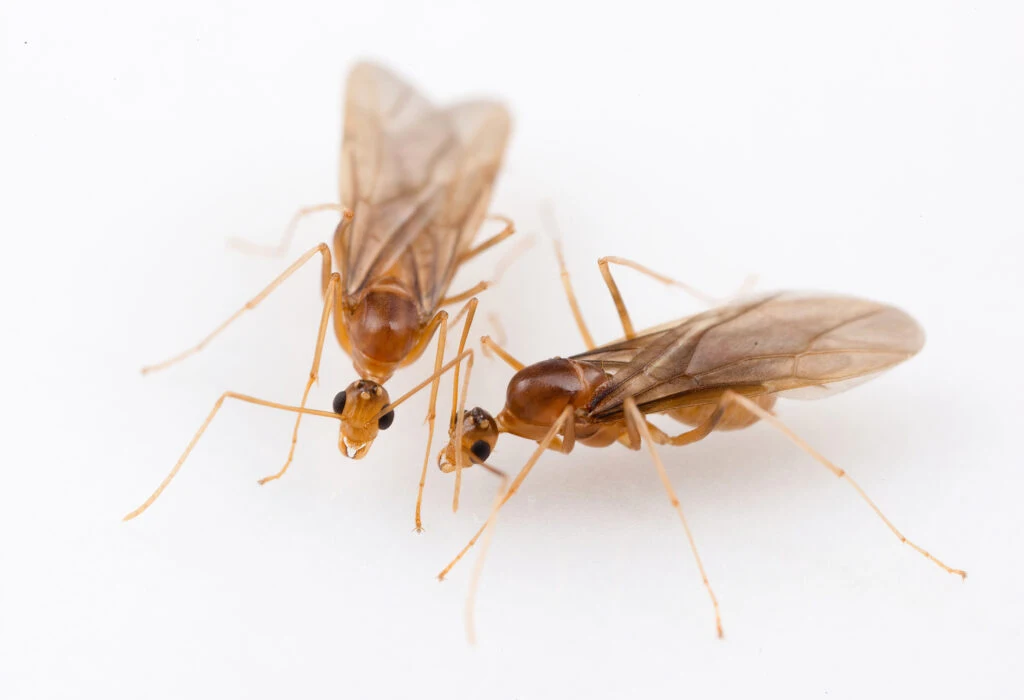Revising Our View of Why Humans Evolved an Upright Stature
Image credit: Corbin Rainbolt
Apes may have evolved upright stature for leaves, not fruit, in open woodland habitats | University of Michigan News
Not, as creationists like to delude themselves, by rejecting the whole concept of evolution in favour of their magical superstition, but the precise mechanism by which we, or rather our ancestors, evolved an upright stature and a bipedal gait. That this is an evolved feature is beyond doubt.
The scientific consensus is that human ancestors evolved an upright posture as a result of a combination of factors, including the need to adapt to an increasingly savannah-like environment, as well as the need to free up the hands for tool use and other activities.However, a minority view is that it evolved because it made it easier for our ancestors to collect fruit in forests. It is this minority view that researchers from the University of Michigan are challenging. They believe they have found evidence that it evolved in open woodland in which the diet consisted of leaves.
One theory suggests that the shift to bipedalism allowed early hominins to better see over tall grasses and detect predators, while also freeing up their hands for tool use and other tasks. Another theory proposes that upright posture evolved as a means of thermoregulation in hot environments, allowing early hominins to better dissipate heat through a smaller surface area exposed to the sun.
There is also evidence to suggest that the development of bipedalism was a gradual process, with multiple adaptations and changes in anatomy occurring over time. For example, the pelvis and lower limb bones of early hominins gradually became more elongated and robust to support bipedalism.
References:
- Lovejoy CO. The origin of man. Science. 1981 Jul 24;213(4506):341-50. doi: 10.1126/science.211.4480.341. PMID: 17748254.
- Richmond BG, Jungers WL. Orrorin tugenensis femoral morphology and the evolution of hominin bipedalism. Science. 2008 Mar 21;319(5870):1662-5. doi: 10.1126/science.1154197. PMID: 18356526.
- Aiello LC, Wheeler P. The expensive-tissue hypothesis: the brain and the digestive system in human and primate evolution. Curr Anthropol. 1995;36(2):199-221. doi: 10.1086/204350.
- Carrier DR. The energetic paradox of human running and hominid evolution. Curr Anthropol. 1984;25(4):483-95. doi: 10.1086/203165.
ChatGPT. (2023, April 15). What is the current scientific consensus regarding why human ancestors evolved an upright stature? With references, please. [Response to a question]. Retrieved from https://github.com/AbhinavS99/gpt3-sandbox/blob/main/nbs/02_OpenAIGPT3/ChatGPT.ipynb
The University of Michigan news release explains the finding and its significance for anthropologists and the human evolutionary story:






















